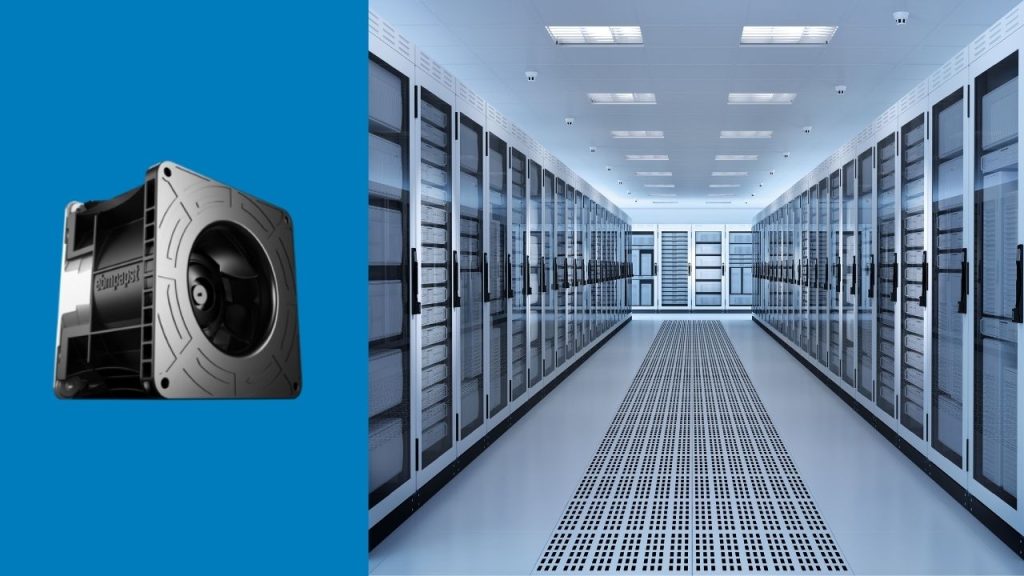Data center cooling solutions play a pivotal role in maintaining the efficiency and reliability of IT operations. As the heart of modern businesses, data centers house the critical infrastructure required to process and store vast amounts of data. These facilities often operate 24/7, managing everything from cloud services to financial transactions. However, with such a high volume of data processing comes the inevitable challenge of heat generation. Without effective cooling systems, servers and other hardware components are at risk of overheating, leading to potential system failures, performance degradation, and even permanent damage to sensitive equipment. This makes cooling one of the most crucial aspects of data center management. The main function of a cooling system in a data center is to regulate temperature, ensuring that it stays within an optimal range to prevent hardware from malfunctioning. Typically, data centers rely on a combination of air and liquid cooling methods. These systems work by circulating cool air through the facility while drawing out warm air from the server racks.

The chilled air is pumped into the room, absorbing heat, and then expelled via vents or ducts. Though effective, air cooling systems can be less efficient as the data center grows in size and the number of servers increases. In contrast, liquid cooling is gaining traction due to its superior heat-dissipation capabilities. These systems are more efficient than traditional air conditioning methods and can be particularly beneficial for high-performance computing environments, such as those used for AI, machine learning, or cryptocurrency mining. By directly cooling the components, liquid cooling helps reduce the need for large amounts of chilled air, ultimately improving energy efficiency and lowering operational costs. Besides maintaining temperature control, acdc fan cooling systems also help manage humidity, which can impact hardware performance. Humidity levels must be controlled because excessive moisture can lead to corrosion of electronic parts, while insufficient humidity may cause static electricity, both of which can lead to failures or errors in data transmission. The ideal relative humidity for a data center typically falls which cooling systems often regulate through integrated dehumidifiers and humidifiers.
One of the key considerations when choosing data center cooling solutions is energy efficiency. Cooling systems are energy-intensive, and as the demand for data storage and processing increases, so does the energy consumption of data centers. Therefore, there is a growing emphasis on adopting green or environmentally friendly cooling technologies. Innovations such as free cooling, where outside air is used to reduce the need for mechanical refrigeration, and the use of renewable energy sources for cooling processes, are becoming more prevalent in the industry. In addition, maintaining proper airflow and optimizing the layout of the data center are critical elements in ensuring effective cooling. Hot and cold aisle containment systems, where the servers are arranged in alternating rows with cold air supplied in one aisle and hot air expelled in another, help minimize the mixing of cool and warm air. This design maximizes cooling efficiency by preventing hot spots and ensuring that the cooling system works at optimal capacity. Data center cooling solutions are indispensable for preventing overheating and ensuring continuous uptime. As data centers continue to grow in size and complexity, innovative cooling methods are essential to support their demanding operational requirements. By investing in the right cooling solutions, businesses can enhance the reliability, performance, and longevity of their IT systems.
